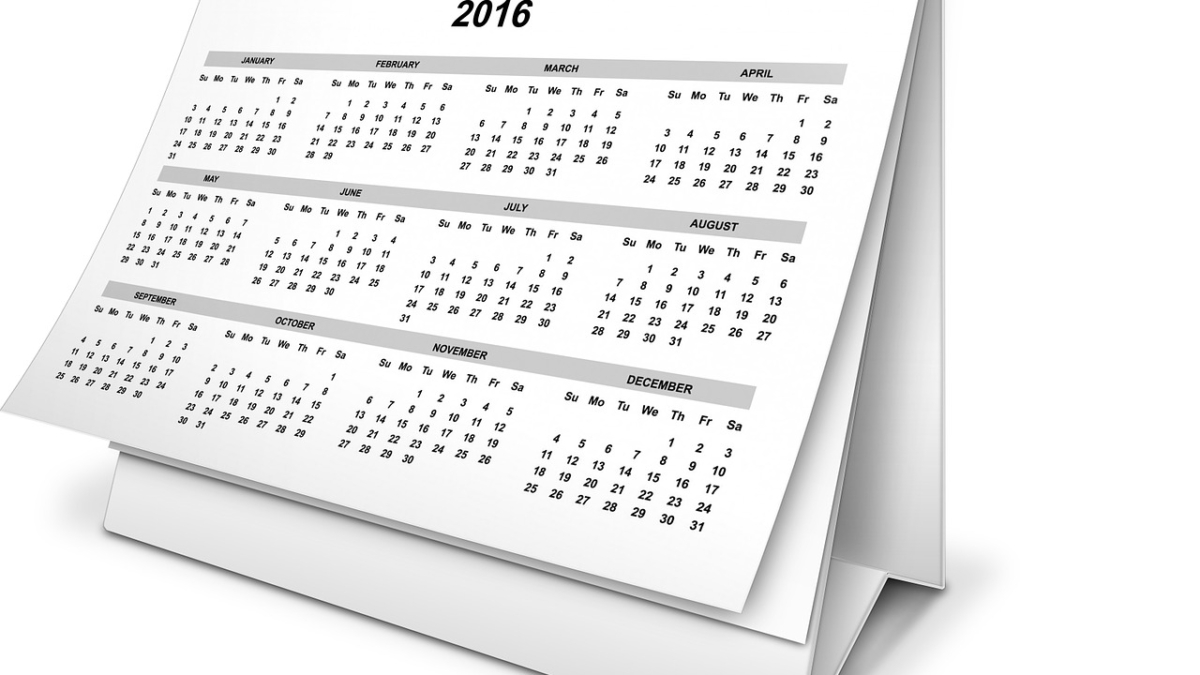Ankle pain is a common issue among dancers, especially those who engage in high-impact activities such as jumping, leaping, or landing from height. Here are a few tips to help you deal with ankle pain caused by dance:
- Rest and ice: Resting your ankle and applying ice can help reduce pain and inflammation. Try to avoid activities that aggravate the pain, and apply ice to the affected area for 15-20 minutes several times a day.
- Compression: You can also use a compression bandage or brace to support your ankle and reduce swelling.
- Elevation: Elevating your ankle above your heart level can also help reduce swelling and pain.
- Stretching and strengthening exercises: Gentle stretching and strengthening exercises can help improve flexibility and support the ankle joint. Consult with a physical therapist or dance instructor to develop a safe and effective exercise routine.
- Proper footwear: Make sure you are wearing proper dance shoes that provide adequate support and cushioning for your ankles.
- Consult a healthcare professional: If your ankle pain persists or worsens, consult with a healthcare professional such as a doctor or physical therapist to diagnose the underlying cause and develop an appropriate treatment plan.
Remember, it’s important to take care of your body and listen to its needs. Don’t ignore pain or push through it, as this can lead to further injury and long-term damage.
Tiru Sameer is a Dance Coach, Choreo Specialist, Dance Therapist and Nutrition Consultant.
Sameer is also the founder of Anyone Can Dance (ACD with Sameer) where so many dance aspirants are reaching their dream of Dancing.
With 22 years of experience as a dancer he has trained more than 15 thousand people globally from diversified age groups of 4 years to 77 years. ACD with Sameer Achieved completing 10,000 live hours of live online dance training and becomes best online dance training platform.
Below is the link if you want to register/refer for Dance workshop organising by Sameer every week which is 5 Days workshop
https://learn.tirusameer.com/acd
Heartfelt Gratitude and respect to all my
3028 Facebook Followers – https://www.facebook.com/ACDCOACHSAMEER/
4140 YouTube Subscribers – https://www.youtube.com/channel/UCRBfw-kFZK1LhPC3v5YtpxA
17270 Dancing Aspirants – https://learn.tirusameer.com/acd
2100 Life members/friends of STAR CLUB Community – https://www.facebook.com/groups/188269793161461/?multi_permalinks=336842318304207
37 Twitter Followers – https://twitter.com/ytsameer
1937 Instagram Followers – https://www.instagram.com/ytsameer/?hl=en
Dance lovers who follow my blog: https://tirusameer.com/blog/





